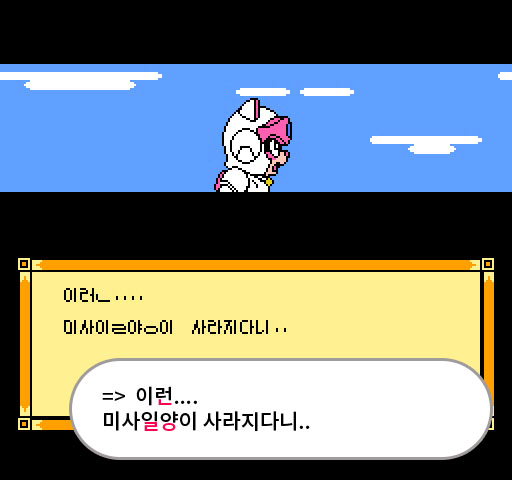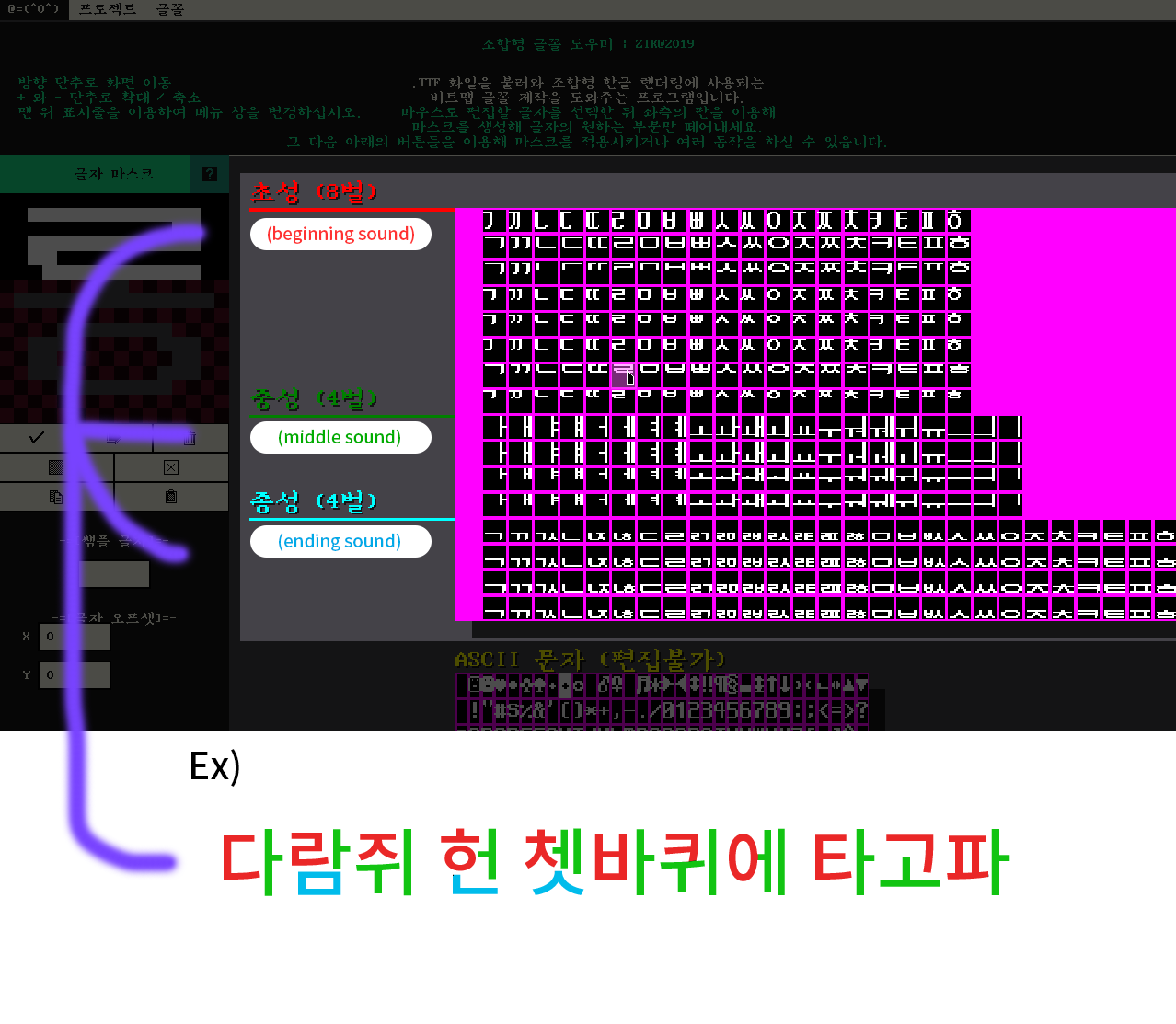I have poor English skills. Sorry :(
Can you add Korean language support? There are several ways to create a game that is very limited but supports Korean.
Korean fonts can be expressed as "phonemic writing system" and "semi-combination font".
"phonemic writing system" is a method that separates Korean consonants and displays them like an alphabet.
(ex : 동해물과 백두산이 -> 도ㅇ해무ㄹ고ㅏ 배ㄱ두사ㄴ이)
It is one of the methods devised among scholars regarding the problem of Korean typewriter processing in the past. There is a decrease in readability from the standpoint of Koreans, but there is no problem in reading and interpreting.
Below is an image of a NES game that has been made Korean by applying this notation method.

"Semi-combined fonts" is a way to use graphic tricks.
It requires a little more capacity than a phonemic writing system, but
Depending on the developer's ability, you can add enough to the 256 character ascii table.
The advantage of "semi-combined font" is unlike phonemic writing system.
On the outside, it looks like a completed Korean, so readability is not degraded. Since it is just a trick, it can be produced relatively easily like a phonemic writing system without special programming skills.
Instead, due to the structural characteristics, there are many left and right margins.
Below is an image that explains the semi-combined fonts easily.

I am well aware that gb studio cannot get large size ascii sheets due to structural limitations. A minimum of 2000 characters is required to make up the minimum complete form of Korean, but using the above optimization, you can add Korean to Japanese or Chinese ascii sheets that allow up to 256 characters.



